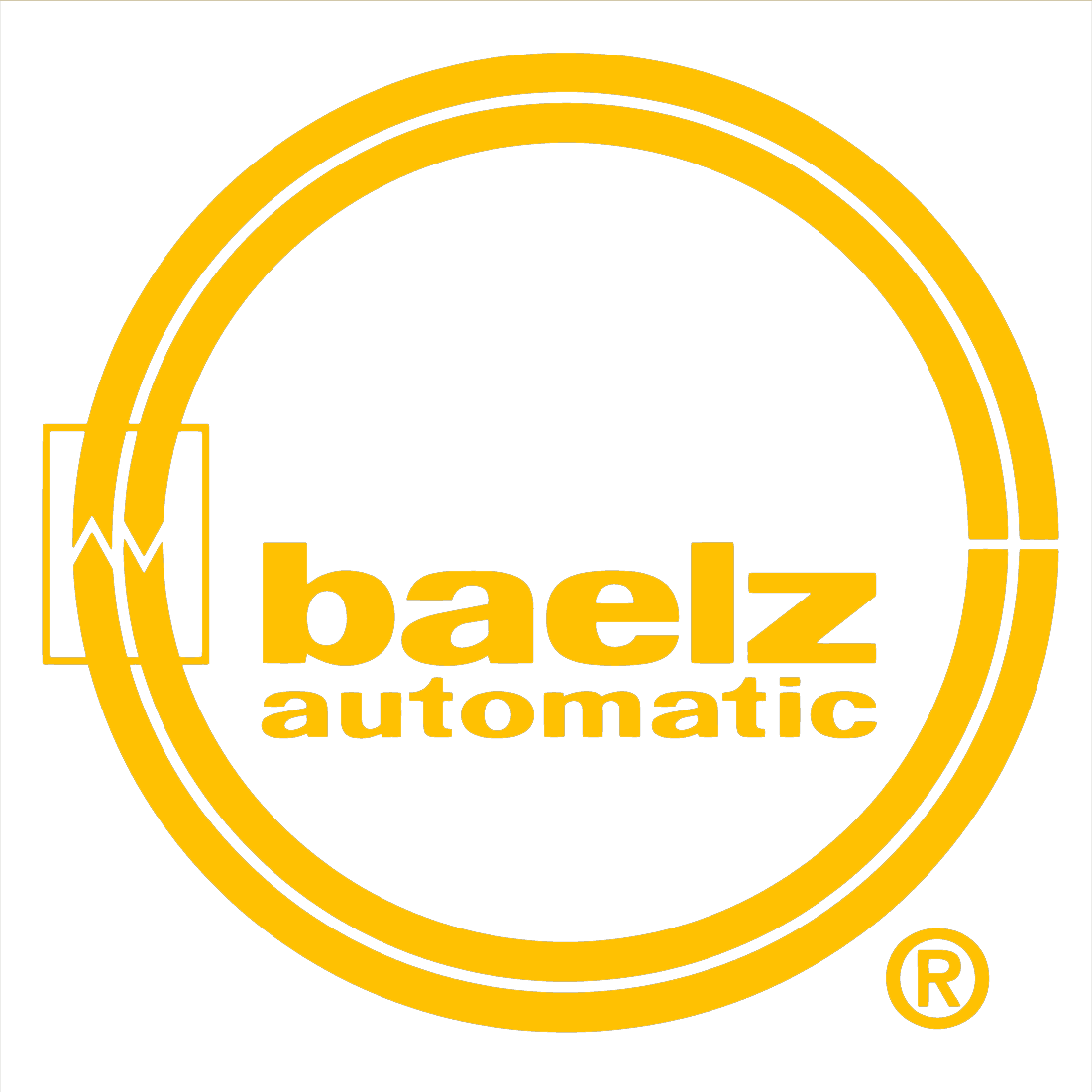Tankless Water Heaters
Small and wall-mounted, tankless water heaters produce hot water on demand for everything from residential showers to industrial facilities. Without the higher energy consumption and costs or space requirements that come with a tank-style water heater, tankless water heaters using water ejectors are efficient, convenient, and flexible.
At Baelz North America, we offer controlled water ejector technology for lasting performance and reduced operating costs in your tankless water heater. These controlled ejectors effectively regulate water temperature, generate water circulation, manage circulation volume per a system’s heat requirements, and compensate for differential pressure fluctuations.
Learn more about how tankless water heaters work, the benefits of tankless heaters with water ejectors, installation considerations, and how our team can help.
How Tankless Water Heaters Eliminate the Need for Your Hot Water Tank
Tankless water heaters rapidly heat water as you need it, rather than heating and reheating large volumes of water in a storage tank-style system to maintain a constant temperature. In a traditional water heater, hot water exits the tank when a system calls for it and then fresh, cold water flows into the tank to replenish it, mixing with whatever hot water remains. The system must heat the contents of the tank back to the desired temperature, and maintain it to account for heat loss to the tank’s ambient environment.
So, how do tankless water heaters work? Tankless units heat water only when you need it, eliminating any unnecessary heating or standby energy loss. The water heats using an electric heating element or a gas burner as it travels through a coil system. In tankless heaters using water ejectors, the ejectors efficiently deliver hot water by converting the water pressure of the motive fluid into velocity energy, creating a vacuum with a suction effect that pulls water through the system to exit an outlet pipe. The water ejector design makes systems such as industrial tankless water heaters highly effective for hot water delivery.
Benefits of Tankless Water Heaters Using Water Ejectors
By only heating water when it’s necessary, tankless water heaters with water ejectors offer numerous benefits, including:
- Greater efficiency. With tankless units, you won’t experience heat loss like you will from a water tank. Tankless varieties also consume less power, making them highly energy efficient.
- Lasting, reliable performance. Traditional water heaters have a shorter lifespan, averaging 10 to 15 years, while tankless systems and water ejectors generally double that and typically require less maintenance for reliable functionality. Tankless models also will not run out of hot water as storage tank models do.
- Utility and maintenance savings. While the upfront cost of a tankless water heater is higher than traditional tank units, you’ll offset this with reduced utility bills and operating expenditures. Heating water on demand consumes less energy. Also, as both tankless heaters and their water ejectors are longer-lasting systems, you’ll also save on maintenance costs and part replacements.
- Enhanced safety. Tankless water heaters are safer to use because they don’t store large amounts of hot water, saving users from potential burns and making for a safer workplace. Tankless systems also have less capacity for property damage as they’ll never release gallons of hot water that might harm equipment, flooring, and more.
- Reduced space needs. Tankless water heaters are wall-mounted, allowing you to install the compact, low-profile box with more flexibility in location. You simply need access to a power supply and the water line. Placement for traditional water heaters, however, is dependent upon space and where you can fit the tank. For industrial water heaters, tanks can eat up valuable facility space.
Installing Tankless Water Heaters
Tankless water heater installation is more flexible than with traditional storage tank water heaters. However, consider the following when choosing a tankless model and installation location:
- Fuel type. Electric and natural gas models are available. Be sure to verify the fuel type and flow rates for your location before selecting a model.
- Temperature rise requirements. Understanding your anticipated temperature needs and just how much the water heater will need to raise the incoming water supply’s temperature will also help determine the adequate model for your application.
- Location. Tankless models need to connect with incoming water supply lines and outgoing pipes for water delivery. Gas-powered models require gas supply lines while installers can plug in electric models.
Learn More About Heating Solutions From Baelz NA
At Baelz NA, our controlled water ejectors offer improved efficiency and reliable operation, improving water heater performance while helping lower utility bills. Our team specializes in cost-effective, energy-saving parts and systems for process heating and cooling applications, and many of our heating solutions have been in use for more than four decades. Contact us to learn more about our full product line, or request a quote today.

